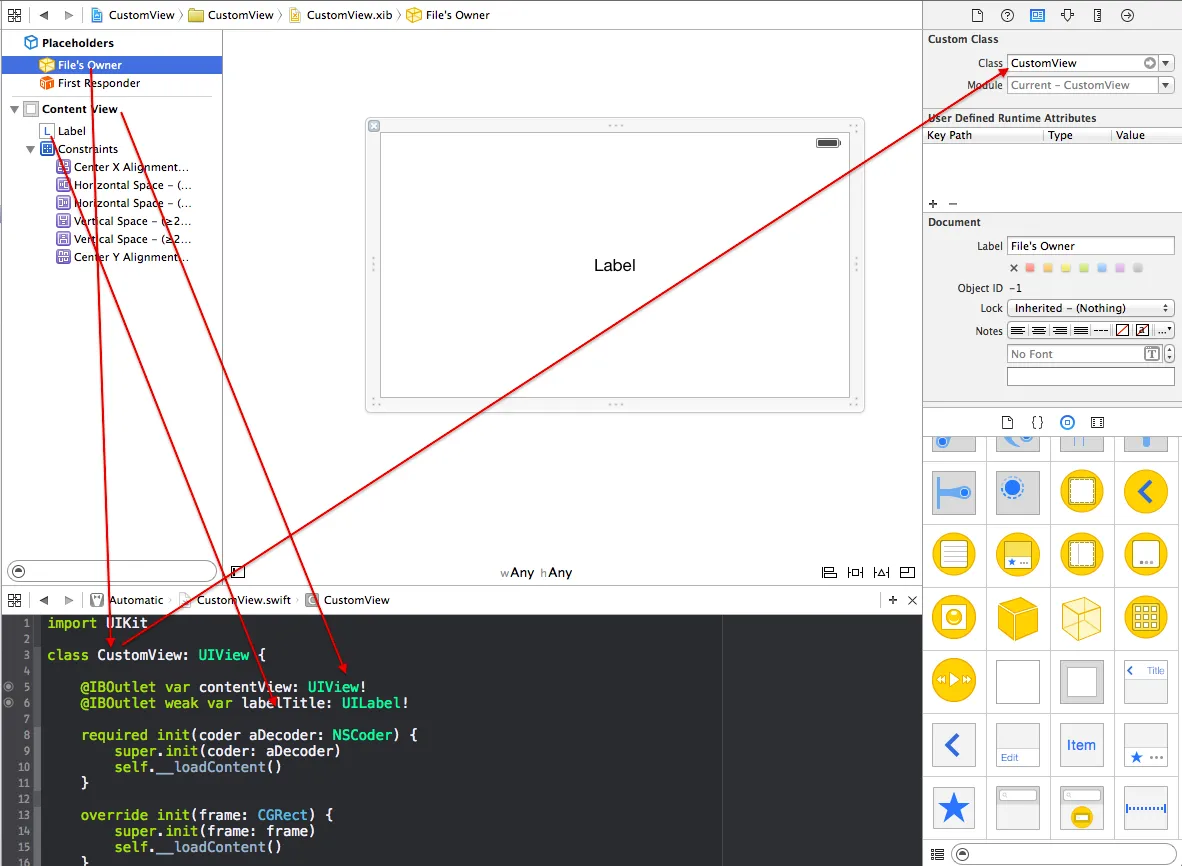我正在为通知下拉横幅创建一个UIView子类。 我使用XIB构建视图,并希望在初始化时将该xib分配给该类(即避免从调用视图控制器中执行此操作)。
由于在swift中不能对'self'进行赋值,因此如何从类本身正确执行此操作?
class MyDropDown: UIView
{
func showNotification()
{
self = UINib(nibName: nibNamed, bundle: bundle).instantiateWithOwner(nil, options: nil)[0] as? UIView
}
}
